Carpet is one of the most commonly used materials for flooring. It provides softness underfoot and helps to retain the heat in a room. It can also provide some degree of soundproofing, as it cushions impacts and absorbs soundwaves.
However, while carpeting does provide soundproofing on its own, it only cuts down the transmission of sounds to a certain degree.
Since floors are a common source of noise pollution, there are a wealth of materials on the market that are designed to cut down sound transfer through these structures.
Despite the number of carpeting materials, there tends to be a lack of quality. In other words, not all products are created equal and may not offer the results that you’re looking for. If you don’t know what type of products to look for, your efforts to soundproof your carpets could be for naught.
Before we discuss the different types of materials that can be used to soundproof carpeting, it’s important to gain a basic understanding of how soundproofing works.
Obviously, the goal of soundproofing is to eliminate undesired noises in order to create a quieter space. To do this, you need to understand that there are two different types of noise.
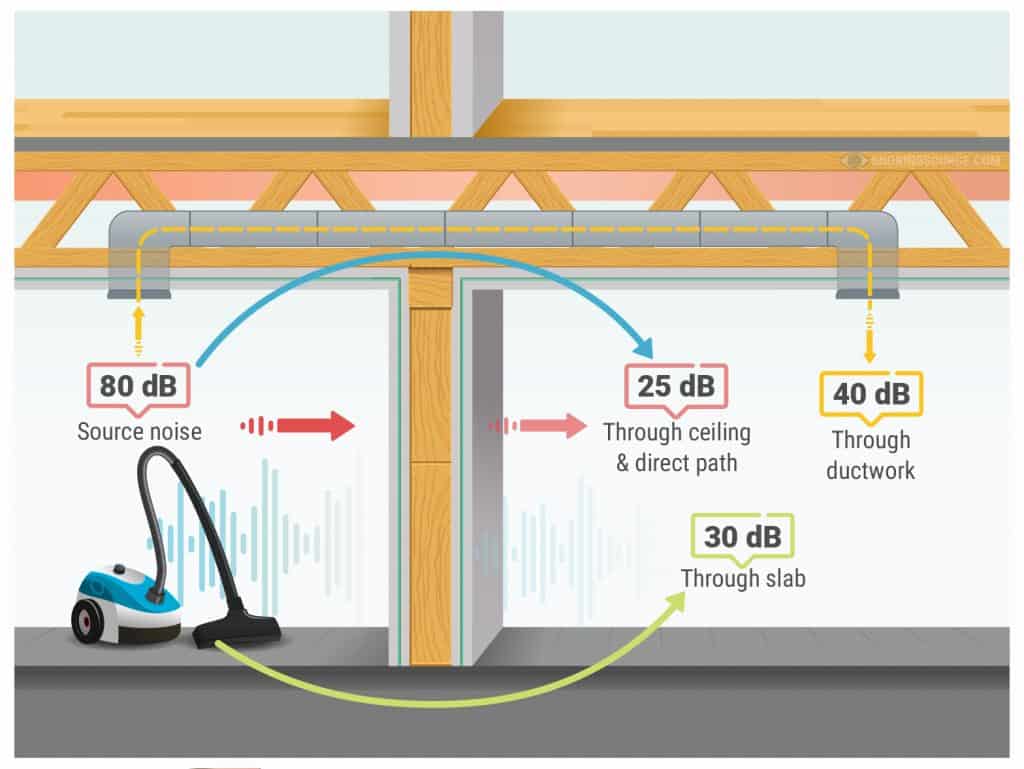
The first and most common type of noise is airborne; that is, soundwaves that travel on air. When something generates a noise – someone talking or a TV playing, for example – the energy from that noise creates vibrations, or soundwaves.
Those soundwaves are then picked up by a medium, in this case air, until they collide with a solid object, such as a floor or a ceiling. As a result of the collision, the soundwaves travel into the adjoining space.
This is why you can hear people talking downstairs through your ceiling, or why you can hear music playing above you through the floor.
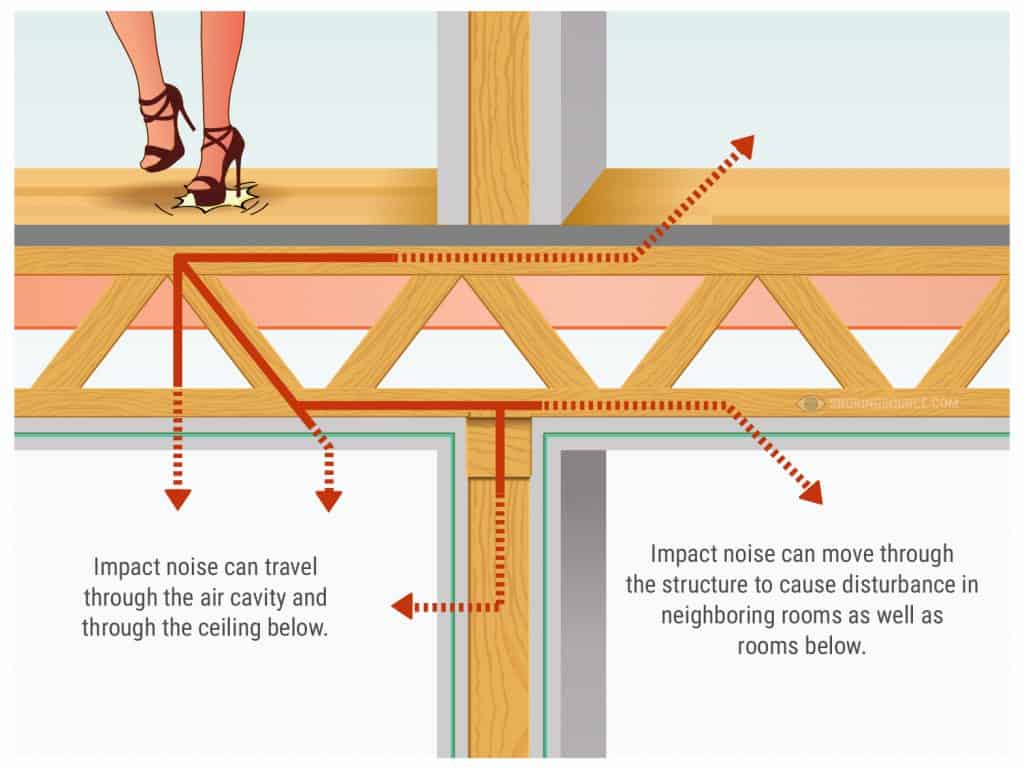
The second type of noise is structure-borne sound, or impact noise. This type of sound occurs when an object makes an impact with another object.
The impact between the two objects generates vibrations, or soundwaves. Like airborne noise, those soundwaves travel through a medium, but in this case, that medium is the structure that the object impacted with, and the sound travels directly through the structure.
Common examples of structure-borne noise include footfalls on the floor above you that you can hear traveling through the ceiling, or the whir of a ceiling fan.
As you can see, both airborne and impact noise can travel through floors. It’s important to understand which type of noise you are dealing with so that you can use the proper soundproofing techniques to eliminate it.
To pinpoint the type of noise: When you hear an unwanted sound, place your hand on the floor or ceiling; if you feel a vibration, it’s structure-borne, and if you don’t, it’s airborne.
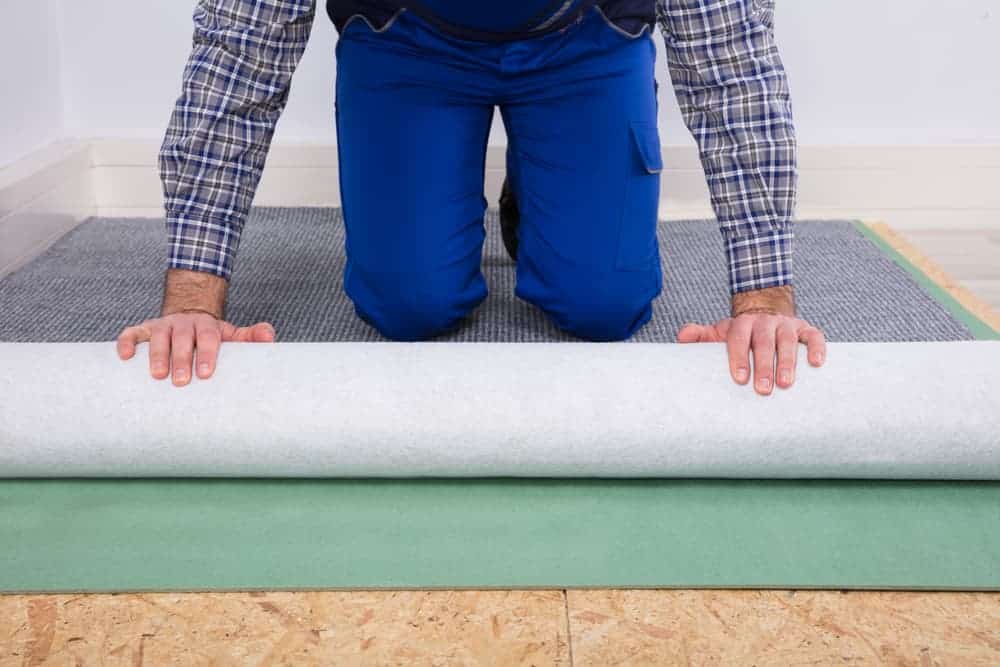
There are three techniques that can be used to soundproof a space.
Adding mass to the structure that the sound is coming from, such as your floor, helps to prevent vibrations. It also acts as a thermal insulator.
Decoupling is used to separate the two structures in order to make it more difficult for soundwaves to travel through the structures. In the case of your floor, you would need to decouple the floor and the ceiling.
The final technique involves using materials on the surface that the sound is traveling through to absorb soundwaves, thereby reducing the amount of sound that passes through the structure.
As mentioned above, carpeting itself does offer some degree of soundproofing, as it adds mass to a floor and can absorb soundwaves; however, in most cases, carpeting alone isn’t enough to effectively soundproof the floor.
In order to do that, you’ll need to use other materials that will add mass to the floor and absorb sounds in addition to the carpet.
With that said, there are some key elements that you should look for when you’re shopping for soundproof products to use with your carpet:
While it’s definitely a good idea to look for these features, it’s important to note that the STC and IIC will not be listed on all products. If you can’t find this information, focus on the thickness/density of the material.
There are several products on the market that can be used in combination with carpeting to limit noise transfer. Below, we’ve highlighted some of the best available:
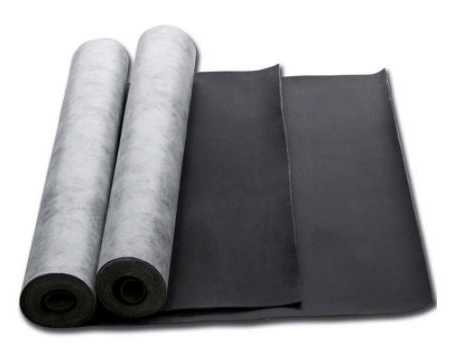
Mass Loaded Vinyl, or MLV, is a thick, yet flexible vinyl material that is impregnated with small metal particles. It is famous for its soundproofing capabilities and it can easily be applied to a variety of surfaces, including flooring.
To use MLV to soundproof your carpets, attach the material to the subfloor and secure it in place with tacks or staples. Once the MLV is in place, place your carpeting over the top of it.
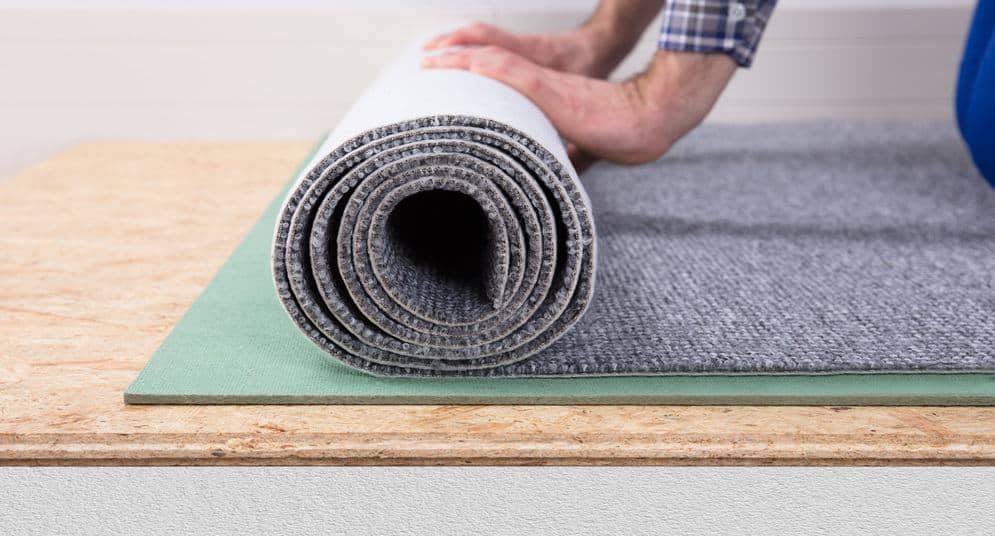
There are several different types of soundproof underlayment available that are specifically designed for carpeting. Keep in mind that the thicker the underlayment, the more effective the results will be.
As with MLV, the underlayment should be placed on the subfloor, underneath the carpet. Once in place, lay the carpet over top of it.
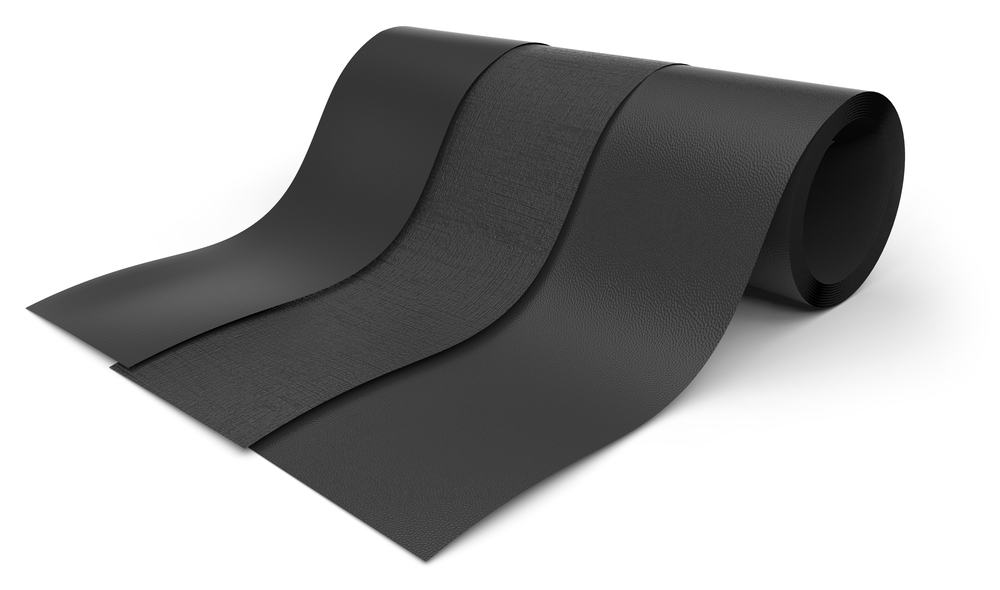
A type of polymer, Neoprene is the first type of synthetic rubber that was ever made. It’s commonly used in wetsuits; however, it actually works quite well as a soundproofing material.
It has a sponge-like consistency, and while it isn’t very thick, it’s quite dense, so it can effectively absorb both structure-borne and airborne noises.
To use Neoprene as a soundproofing material for carpets, apply it the same way you would MLV or soundproof underlayment, and then lay your carpeting over the top of the material.
While carpets are much more effective at soundproofing than other flooring materials, such as hardwood, laminate, and tile, if you want to maximize its ability to limit unwanted noise transfer, place one of the above-mentioned materials underneath your carpeting. With the material of choice and carpeting in place, you should experience instant results.

Snoringsource.com is a participant in the Amazon Services LLC Associates Program, an affiliate advertising program designed to provide a means for website owners to earn advertising fees by advertising and linking to amazon(.com, .co.uk, .ca etc) and any other website that may be affiliated with Amazon Service LLC Associates Program.